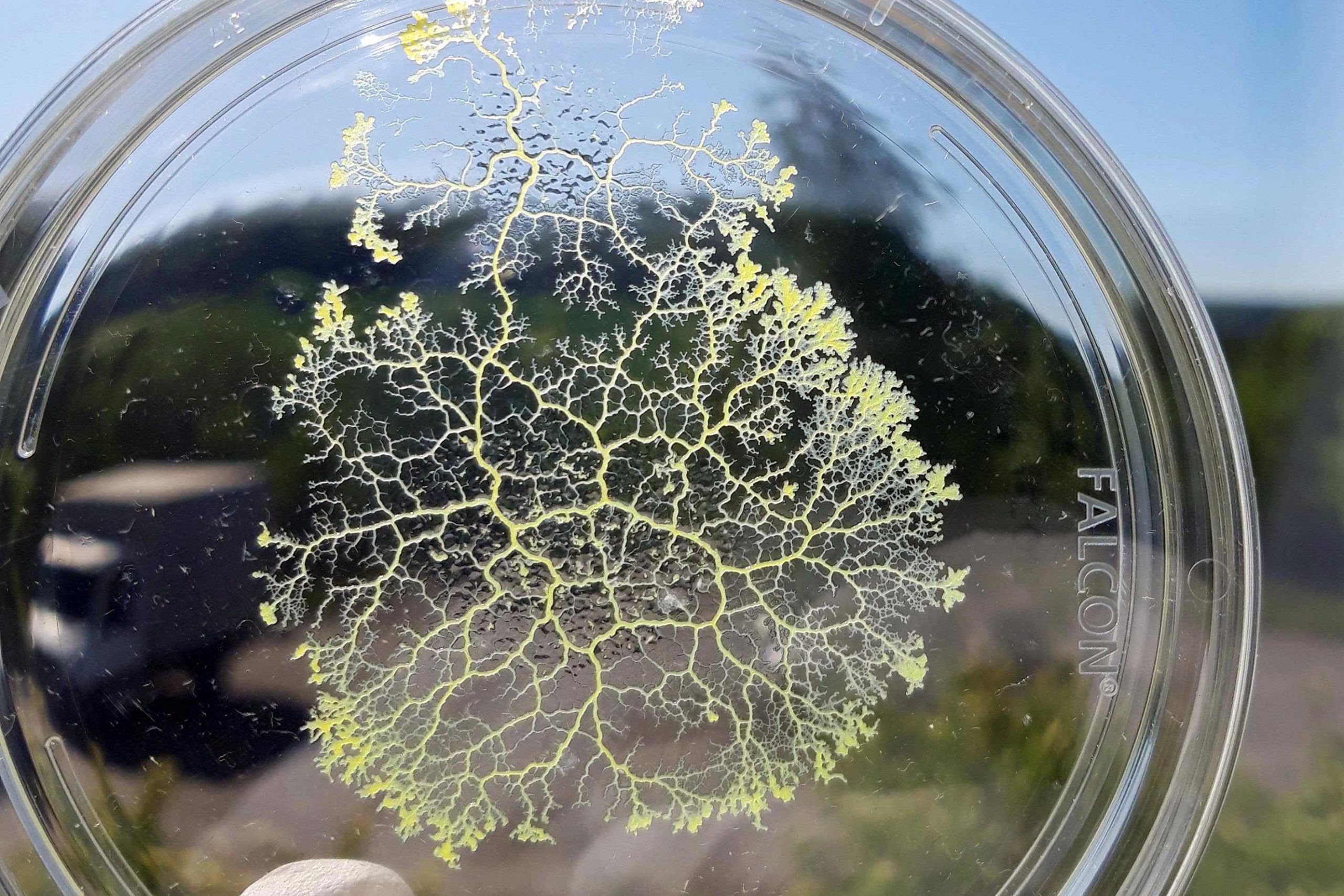
Researchers at the Max-Planck Institute for Dynamics and Self-Organization (MPI-DS) and the Technical University of Munich (TUM) have now identified how the slime mold Physarum polycephalum saves memories – although it has no nervous system.
The slime mold Physarum polycephalum has been puzzling researchers for many decades.Karen Alim, Technical University of Munich, and Mirna Kramar, Max-Planck Institute for Dynamics and Self-Organization, discovered how the slime mold Physarum polycephalum weaves its memories of food encounters directly into the architecture of the network-like body and uses the stored information when making future decisions.
“It is very exciting when a project develops from a simple experimental observation,” says Karen Alim, head of the Biological Physics and Morphogenesis group at the MPI-DS in Göttingen and professor for the Theory of Biological Networks at the Technical University of Munich.When the researchers followed the migration and feeding process of the organism and observed a distinct imprint of a food source on the pattern of thicker and thinner tubes of the network long after feeding.The slime mold Physarum polycephalum consists of a single biological cell.polycephalum’s highly dynamic network reorganization, the persistence of this imprint sparked the idea that the network architecture itself could serve as memory of the past,” says Karen Alim.
An encounter with food triggers the release of a chemical that travels from the location where food was found throughout the organism and softens the tubes in the network, making the whole organism reorient its migration towards the food.
“For the softening chemical that is now transported, the thick tubes in the network act as highways in traffic networks, enabling quick transport across the whole organism,” adds Mirna Kramar.Reference: “Encoding memory in tube diameter hierarchy of living flow network” by Mirna Kramar and Karen Alim, 23 February 2021, Proceedings of the National Academy of Sciences.February 25, 2021February 25, 2021February 25, 2021February 25, 2021